It is well known knowledge that the housing market is suffering from a crisis of inventory–there simply isn’t enough homes to meet the overwhelming demand for them. Builders have seen the disparity and have been building new construction homes rapidly to meet the demand.
It certainly would help if more home owners were aware of the current market conditions and would list their homes for sale. That’s the simple solution, yet despite that fact, home inventory has hit record lows.
According to the most recent report from the Joint Center of Housing Studies at Harvard University:
Builders of new construction homes have seen the opportunity that exists, and are moving to satisfy the demand.
Despite this fact, they still haven’t come close to meeting the demand out there. There are many reasons for this, which I will get to in a minute.
New Construction Homes Are A Key Factor In Helping Satisfy The Strong Buyer Demand
We need more new home construction for two reasons: it will help relieve the pent up buying demand by adding much needed inventory to a market that desperately needs it, and it will give more options to current home owners that would like to sell but can’t find an adequate home to move into.
The sale of new construction homes is trending upwards, as you can see in the following infographic:
Targeting The Right Market
Part of the reason for increased sales is the fact that builders realized they were targeting the wrong end of the market.
In early 2016, builders focused on the higher end of the market.
However, the quickly realized that the huge demand wasn’t at the high end, so they adjusted their strategy and targeted the demand–at the lower end, with starter homes and move up homes.
I covered the fact that the current real estate market is actually two different markets, between the upper third and lower two thirds in an earlier post.
Builders are not only jumping into the market – they are doing a better job of matching current demand. The Wall Street Journal recently reported:
“In a shift, new households are overwhelmingly choosing to buy rather than rent. Some 854,000 new-owner households were formed during the first three months of the year, more than double the 365,000 new-renter households formed during the period, according to Census Bureau data.”
The WSJ article went on to say:
“Home builders are beginning to shift their focus away from luxury homes and toward homes at lower price points to cater to this burgeoning millennial clientele.”
New homes for sale are selling quickly:
Almost as quickly as the national average:
Will They Overbuild New Homes For Sale Like They Did Before The Crash?
The graph below shows the build up and crash.
It also shows how new home construction starts skyrocketed leading up to the market crash and how much they dropped immediately following:
The number of new home sales is far off historic norms.
The National Association of Realtors (NAR) reported in October that the percentage of all house sales that were newly constructed homes has fallen to the lowest numbers in forty years.
Here is a graph showing the percentages:
If we look at the new home construction numbers, we can see that builders are not over building–far from it.
Average annual housing starts in the first quarter of this year were not just below numbers recorded in 2002-2006, they are below starts going all the way back to 1980.
Some people think that the pace of the home sales is unsustainable and that we may be heading for another housing bubble. I covered this in greater detail here.
However, Jonathan Smoke, the Chief Economist of Realtor.com explains the basic difference between 2005 and today:
“The havoc during the last cycle was the result of building too many homes and of speculation fueled by loose credit. That’s the exact opposite of what we have today.”
The numbers of housing starts during the current recovery (2012-Today) are still way below historic averages, and are far less than the numbers built during the run-up to the housing bubble (2002-2006):
So overbuilding is not a concern. New home builders can’t build homes fast enough to catch up to the demand.
In fact, the market share of new construction homes is half of what is considered normal.
According to Trulia Chief Economist Ralph McLaughlin:
So Why Are New Construction Homes Lagging So Far Behind?
Builders were slapping up new construction homes in record numbers during the real estate boom in the early 2000’s.
This overbuilding was a contributing factor to the resulting market crash.
Afterwards, new construction starts dropped to historic low levels, and well below the numbers that have been the historical norm.
While the number of new homes for sale has been on the increase in recent years, they still aren’t even up to their normal levels.
Despite the big increases in the number of new homes, they are still playing catch up–not to just the current market but their normal level of production.
According to a recent article by Matthew Gardner, of Inman News, asked, “Why Aren’t Homebuilders Building More Homes?”:
“Although new home starts have now risen to 835,000 units from the historic low of 353,000 units that we saw in 2009, we are still well-below the level that meets demand given new household formations.
According to my calculations, since 2008, builders have started construction of new single family homes at an average annual rate of about 594,000 units per year.
For context, the average annual rate of new home starts between 1963 and 2007 was over 1.1 million, so we have been behind the ball for some time now.”
More from the Joint Center of Housing report:
The Four L’s
The simple answer to why builders aren’t building homes faster is simple economics: it is very expensive to build a new home.
In fact, the National Association of Homebuilders stated back in 2015 that it is difficult to build a home anywhere in America for less than $300,000.
Unfortunately for builders, there are many forces that are making it difficult for them to do just that.
Last week at the National Association of Real Estate Editors 51st Annual Conference, CoreLogic’s Chief Economist Frank Nothaft broke down the 4 ‘L’s of New Home Construction: Lots, Labor, Lumber, and Lending.
Land
Obviously, land isn’t cheap, and it certainly isn’t getting any cheaper.
Especially in metro areas. In order to reduce costs, builders are having to build further out into surrounding areas, which isn’t always the most desirable option for buyers who would rather be closer to work.
From Gardner’s article:
“This is further exacerbated in markets where the economy is growing rapidly and attracting more new residents.
Another hindrance is the cost of obtaining a building permit, which is remarkably high, thanks to government regulations, and can account for almost 25 percent of the final price of a new single-family home.”
Labor
After the housing market crashed, many construction workers were laid off and have not returned. Gardner again:
“In fact, my calculations indicate there are currently over 200,000 job openings in the construction industry, and this lack of supply combined with high demand for labor, has led to rising labor costs.”
Lumber
The cost of home building materials have risen by almost 5 percent due to high demand and low supply.
Lumber costs continue to escalate due to policies restricting the importation of Canadian lumber, making larger luxury homes an attractive option to recoup costs when selling, rather than building smaller single-family homes and making less profit.
Below is a graph showing the increase in cost of 1,000 board feet of framing lumber. Year-over-year, lumber costs are up 13% after reaching a high of $433 in the second week of April.
Lending
During the Great Recession, many small community banks were forced to close their doors. These banks were a great source of capital and lending for builders looking to borrow money at a low interest rate in the community in which they were building.
Tougher lending standards have made borrowing funds more expensive and more difficult for builders.
Good Signs For New Home Construction
As I mentioned before, new home sales are up, so naturally builders are working to increase their inventory. This can be seen in the upward trend of new housing starts:
Here is a look at new home sales the last couple years, as well as this year’s projection:
Builder Confidence is Up
The Housing Market Index from the National Association of Home Builders (NAHB) reveals that builder confidence increased in April, hitting an 11 year high.
HousingWire quoted NAHB Chief Economist Robert Dietz about the reason for the increase in confidence amongst builders:
“The HMI measure of future sales conditions reached its highest level since June 2005, a sign of growing consumer confidence in the new home market. Especially as existing home inventory remains tight, we can expect increased demand for new construction moving forward.”
So, demand is there, as is opportunity. New construction homes are needed in this current market.
So, what else can be done to help more new homes for sale to hit the market? Matthew Gardener summed it up perfectly:
“However, what they can do, and what needs to be done, is try and shift government policy to better address permit fees, hookup fees, impact fees and the like.
If these costs could be lowered, I believe that many builders would have the ability to ramp-up activity in a fairly dramatic fashion.
Given how important increasing the supply of new homes is to the long-term health of the market,
I hope that the efforts being undertaken at the national level by the NAHB, and the local level by various homebuilder associations, start to see positive results in the near future.
For the sake of our housing market, we need to make it easier for builders to do what they do best: build homes.”
Keep Up To Date
To keep up with the latest real estate stats, news and trends then be sure to follow me on this blog and this blog.
You can also follow me on social media.
Be sure to visit my Pam Marshall Realtor website for more helpful information about buying new construction homes or any other real estate needs in the Charleston SC area.


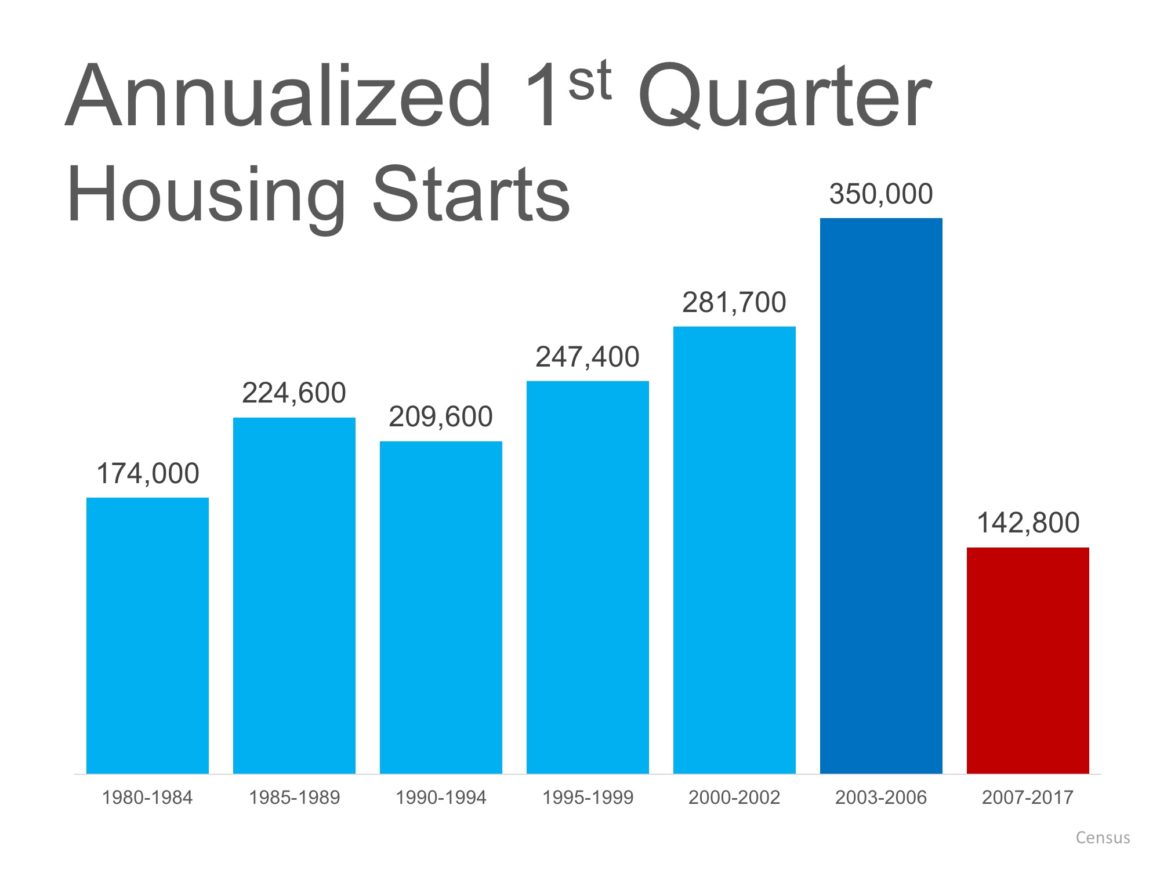
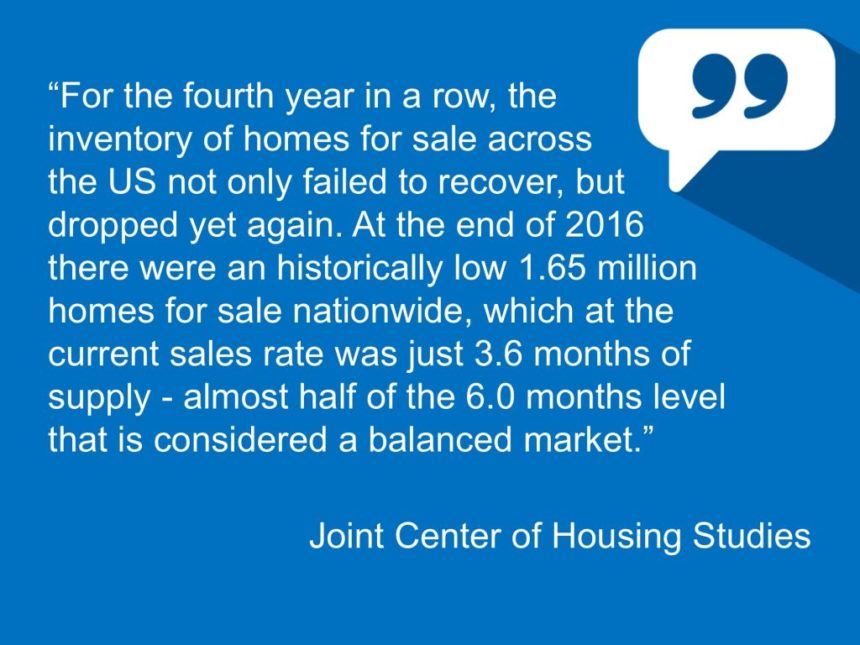
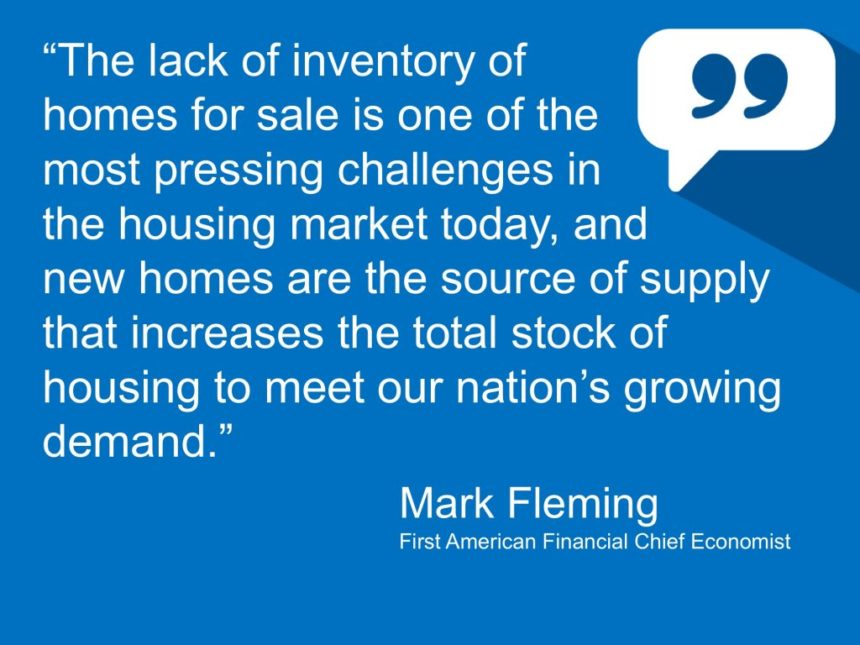
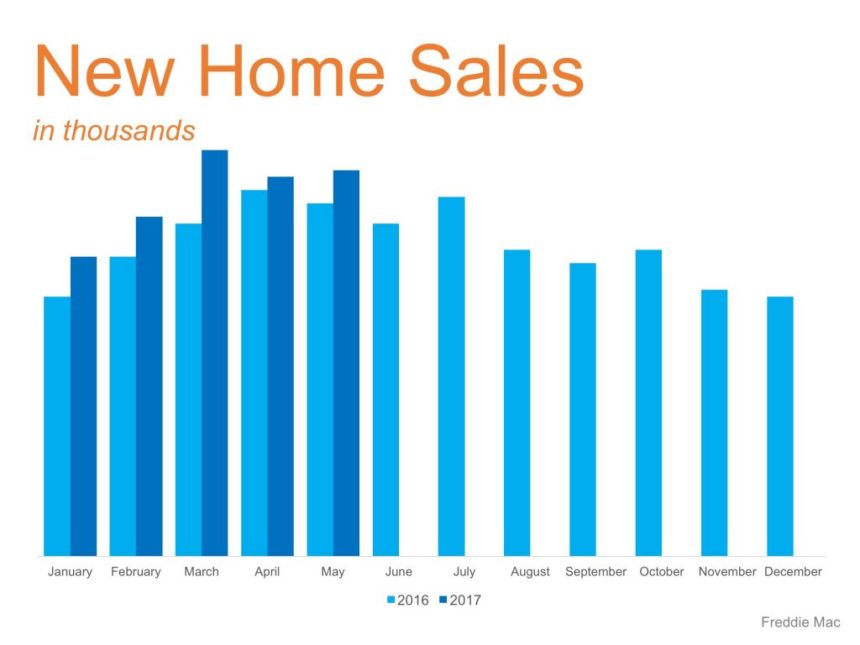
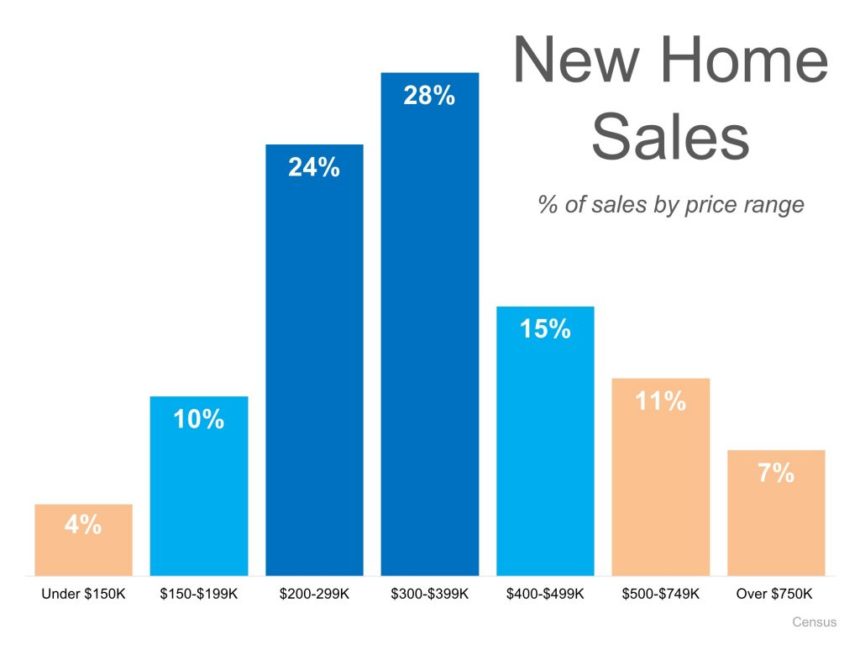
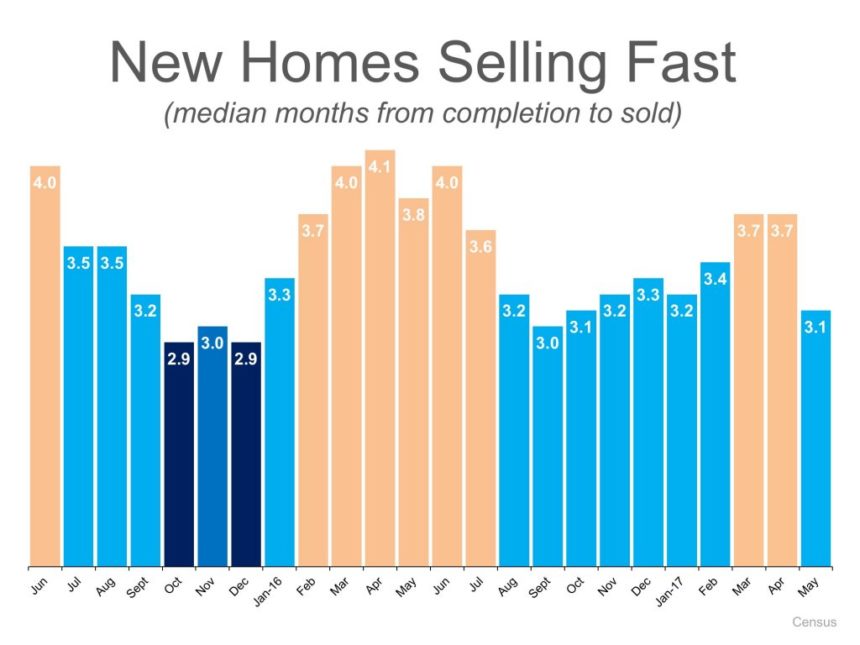
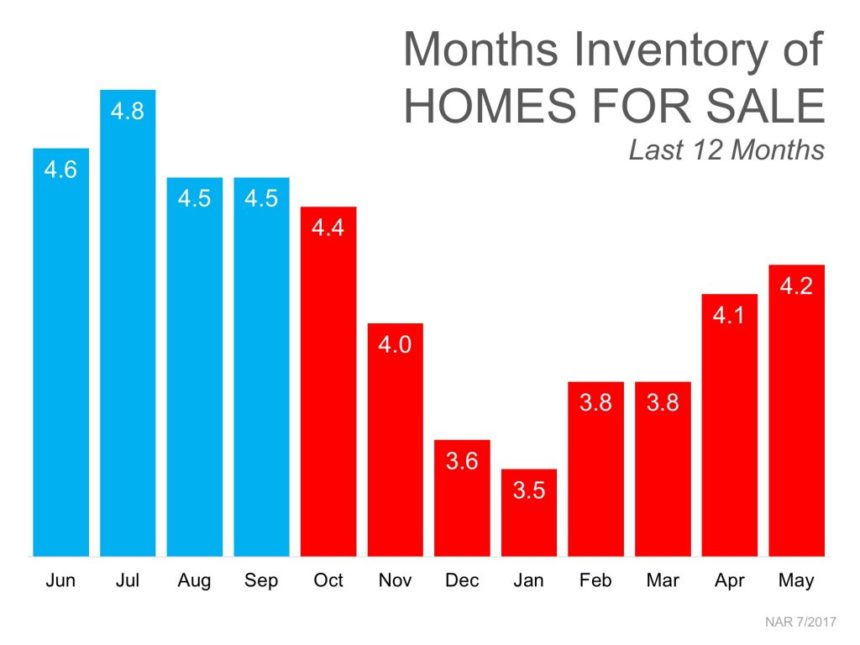
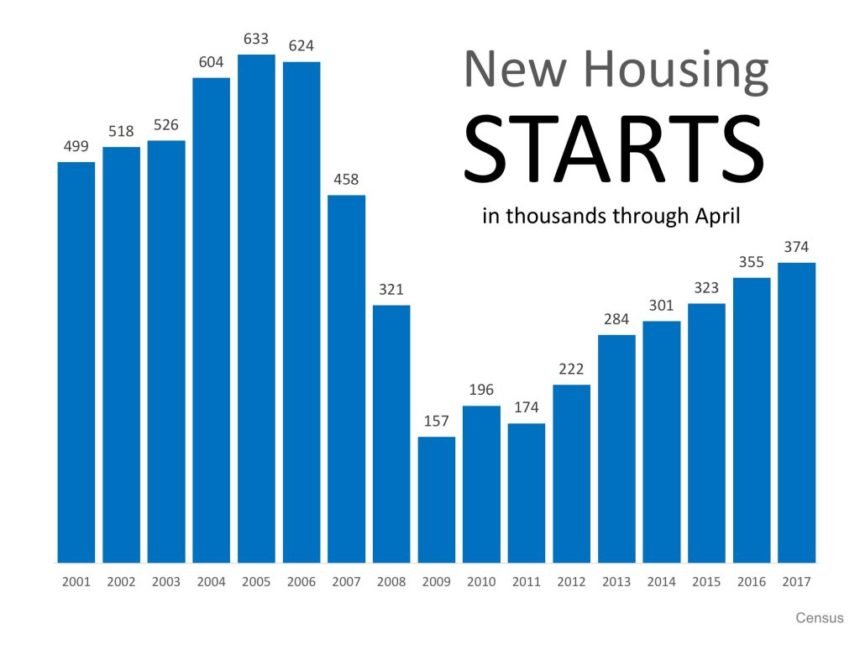
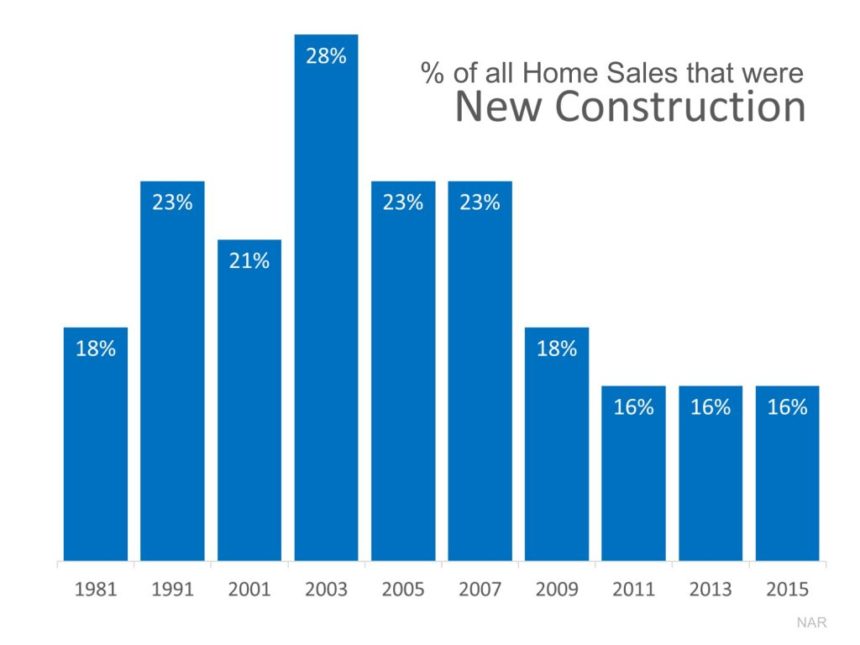
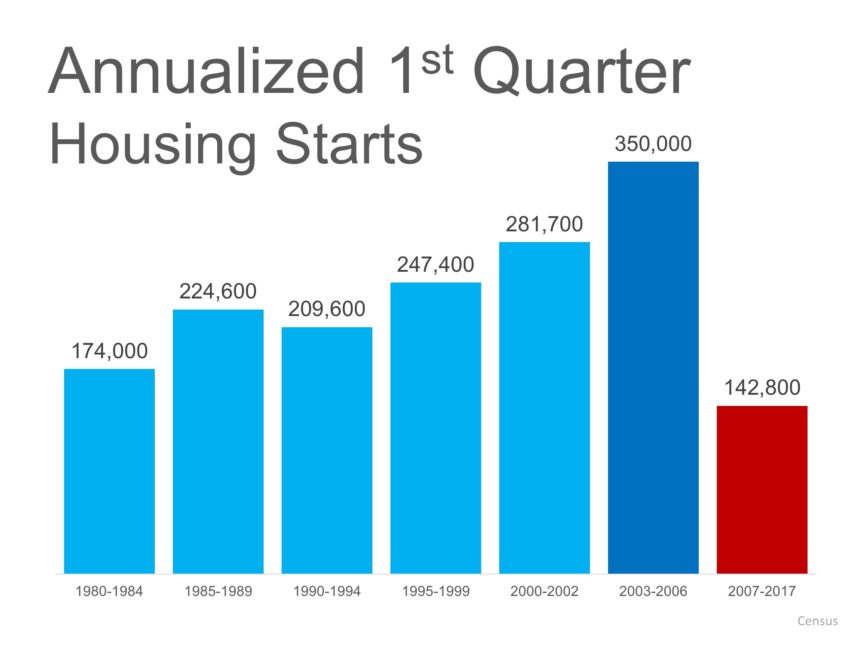
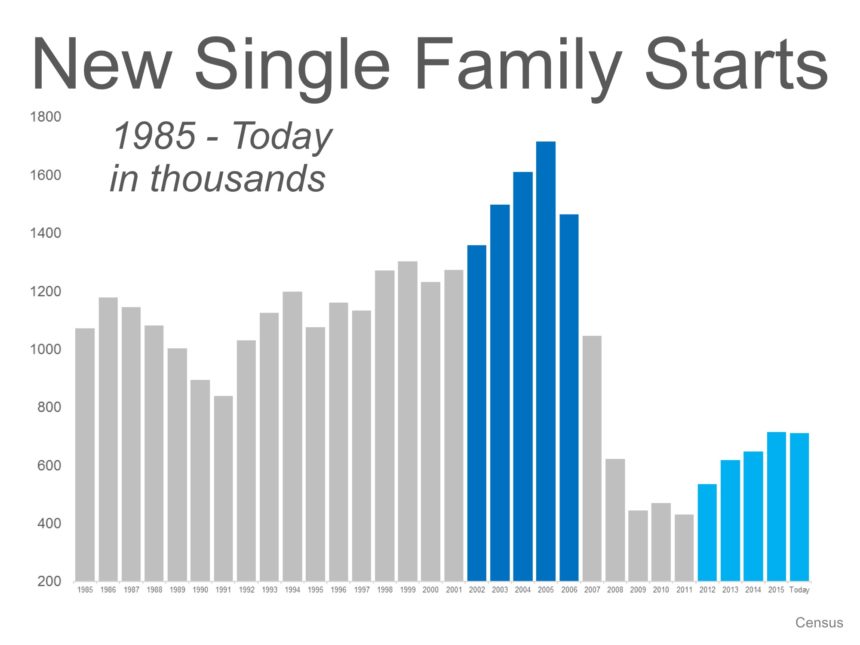
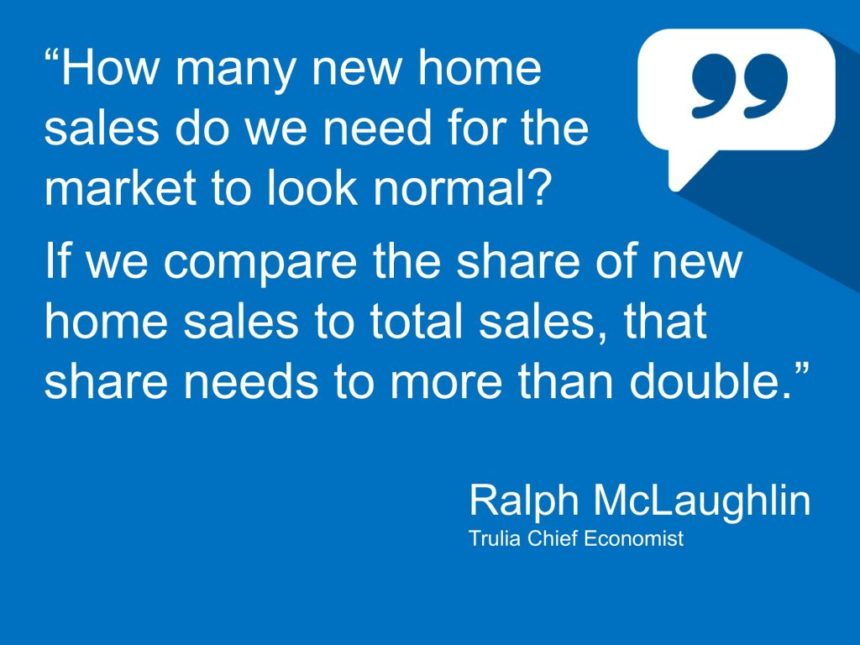
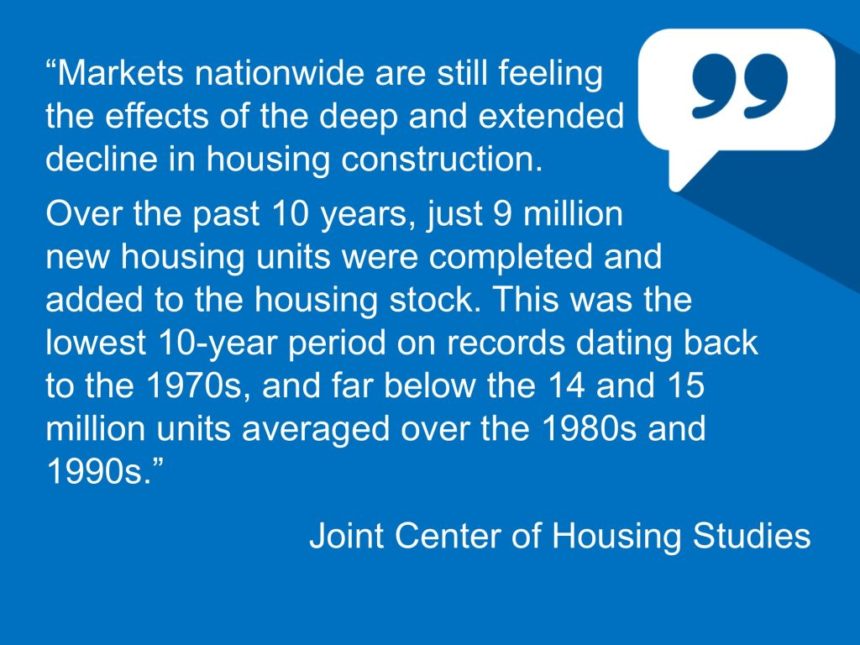
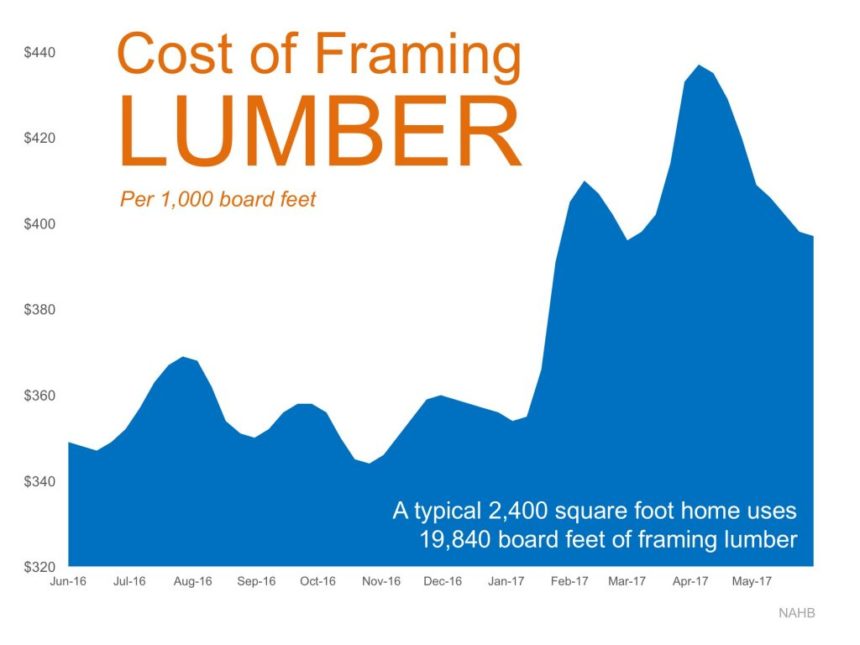
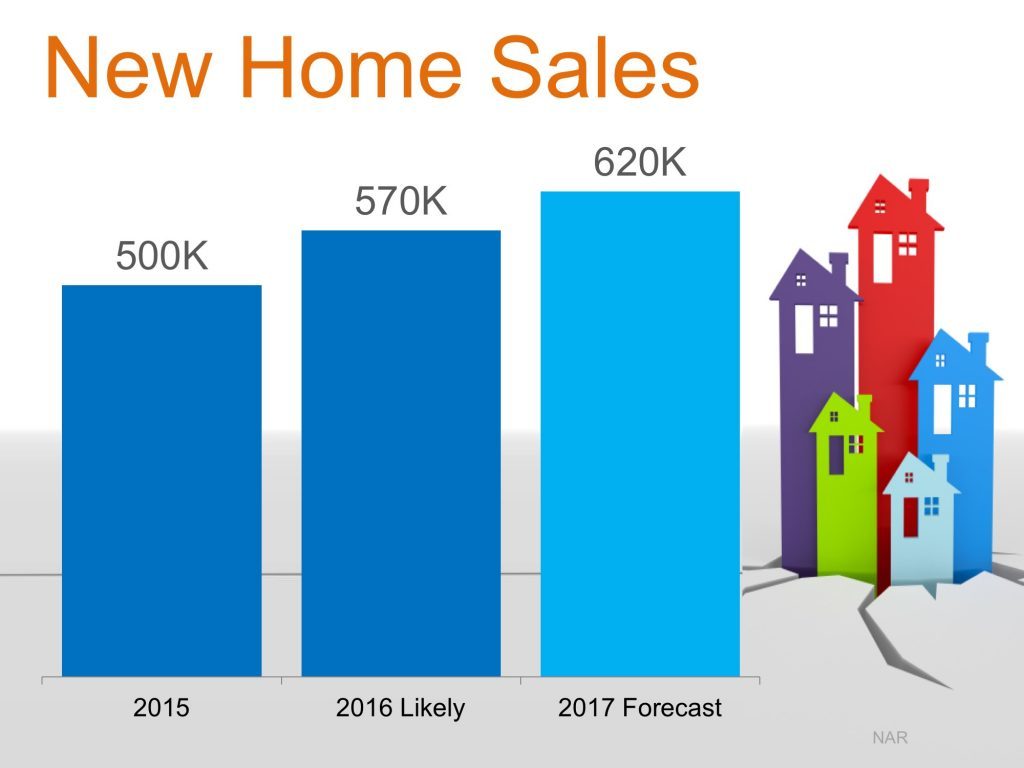
Leave a Reply